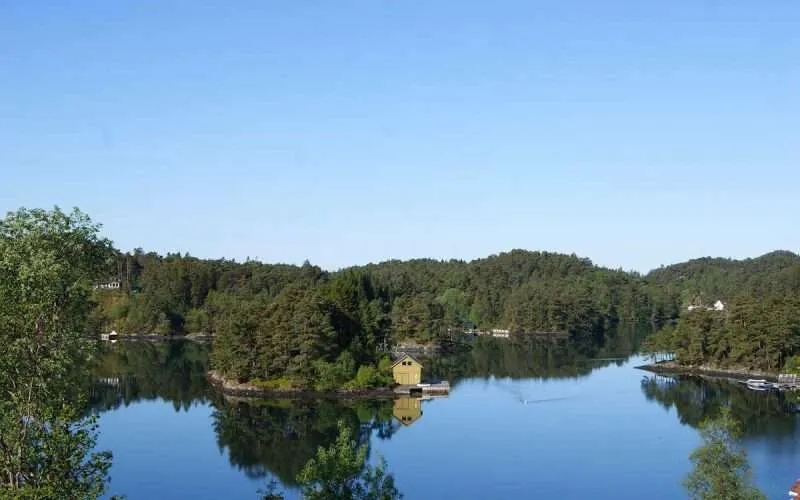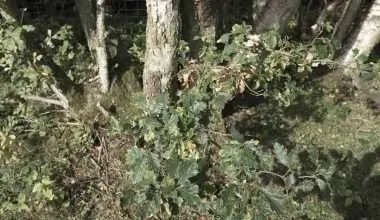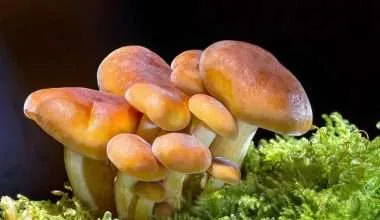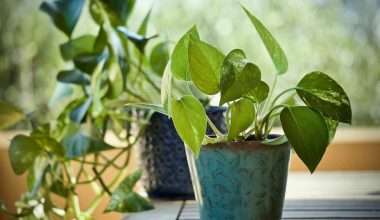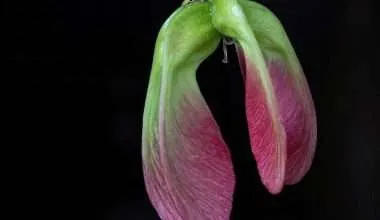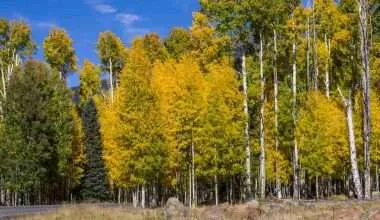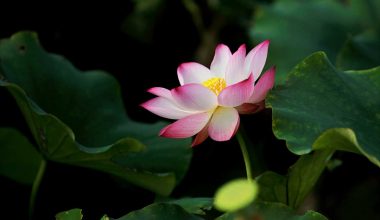Table of Contents Show
All over the globe almost everywhere one thing can be observed. Trees and greenery. Apart from the oceans and areas adjacent to the oceans trees can be found. So why exactly is it that while trees thrive across the globe, they fail to do so near or on the seas.
The answer is simple, salt. Oceans have a very high concentration of salt. This salt content makes the sea water quite saline. The salinity of the seawater prevents any plants from growing in it. This is because plants need water to survive and grow. High salinity in water prevents it from being absorbed by plants. Thus plants cannot grow on the ocean.
For the areas surrounding the ocean, the wind blows in water droplets that salt in them. These salty water droplets in the air damage the leaves of a plant and prevent it from actually growing. This is why it is rare to see trees or greenery in general near salt water.
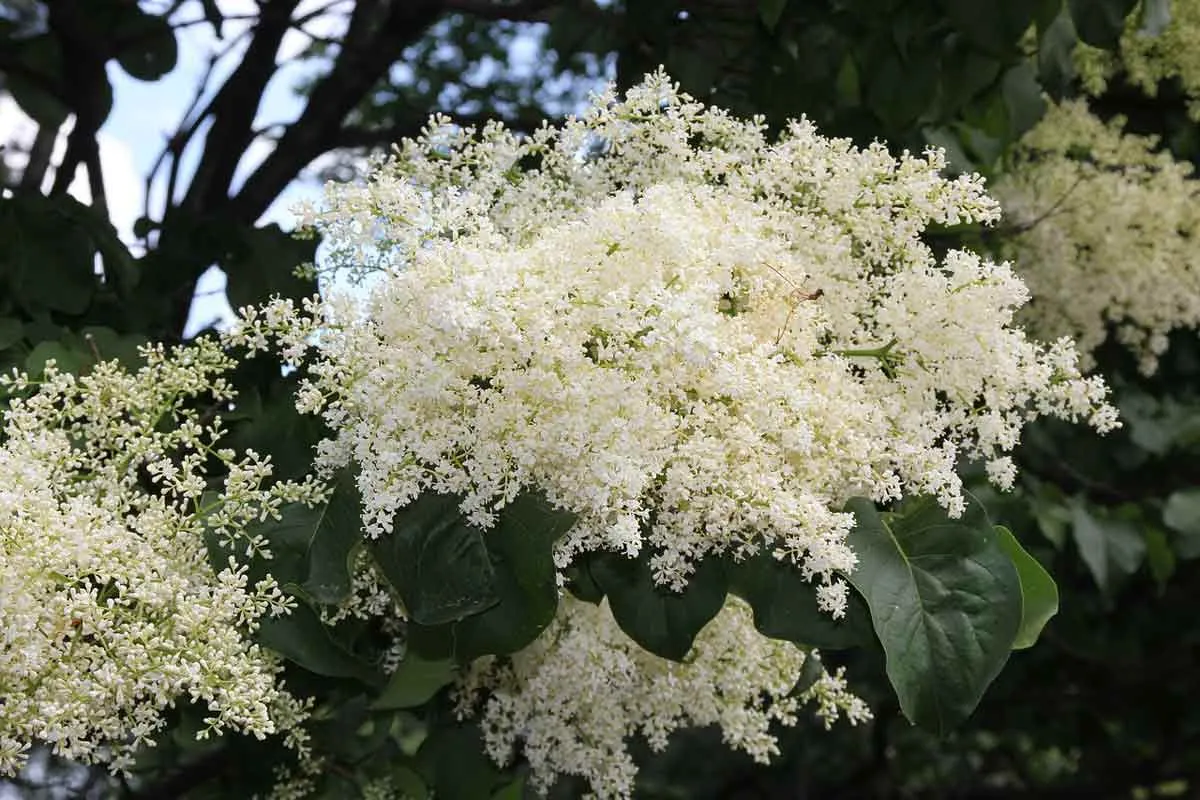
However, with that being said, there are certain trees that can grow near salt water. How this is possible is due to the great marvels of evolution. Thousands of years ago the Earth was not as green and filled with plants as it is today. Most of the world actually had no plants on it.
Over thousands of years, the trees began to slowly evolve. This means that they started to slowly mutate. Sometimes certain mutations gave new plants unique abilities that allowed them to survive in harsh territories. The newly mutated plants would often flourish without much competition.
Overtime with more plants mutating more of the Earth was getting covered with trees and greenery. Eventually human activities both passively and actively sped up this extremely slow process of evolution. That has led to all sorts of abilities in plants.
Most commonly humans make use of these evolutionary traits and selectively breed plants so that more plants with a desirable trait are available. Such as resistance to a particular disease or chemical. At times this may lead to undesirable traits as well. Such as super weeds that cannot be killed by simple herbicides.
Through this process of evolution, over long periods of time trees developed certain abilities. One such ability developed by a number of trees is the ability to withstand saltwater. Certain plants have adapted to thrive in salty conditions. A feat ancient plants could not have been dreamt to accomplish.
What Caused Trees to Adapt to Saltwater?
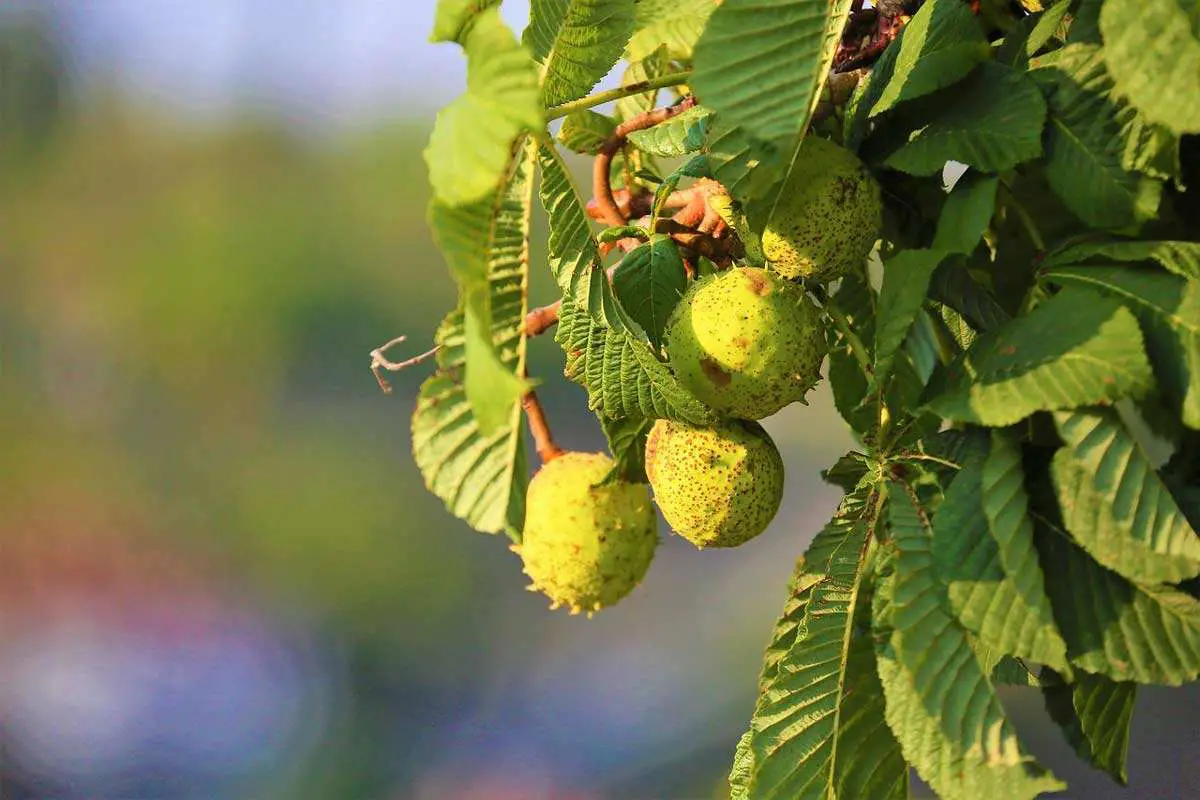
It is pretty simple to credit evolution for the birth of salt tolerant plants, that still is not the full story. What remains to be explored is why so many different species of plants have managed to attain it. The fact that various plant species have managed to reach the same evolutionary trait, means that is not pure luck.
To understand this, it might help to understand evolutions slightly better. Usually over time all living things go through many mutations. These are naturally random and any particular organism getting a new beneficial trait is based on luck. So how did so many plants get so lucky?
Well, the answer is basically in the environment of the trees. Trees that are faced with harsh conditions tend to produce mutations that counter the disadvantage they have in said environment. So trees gaining a tolerance for salt is actually due to salt being present around them. This has happened through both natural methods as well as human interference.
Some trees have always only grown around saltwater sources. Due to this these trees have always had saltwater in their nutrition. Due to having only grown in saltwater, they thrive in such environments. These are truly saltwater trees that not only tolerate the salt but actually thrive in it.
Trees that were originally freshwater plants, have had to recently adapt due to the rising water levels. As the oceans level rises, the salt water seeps into the soil and enters the water system absorbed by the trees. This causes trees to absorb the saltwater. Overtime with exposure to salt, the trees begin to develop a resistance.
This is especially true for coastal trees. These not only absorb salt from the water, they are constantly being sprayed by salt spray. This is the saltwater that is blown in land by the wind. For us humans, we are able to rinse off the layer of salt after a trip to the beach. The trees, however, cannot rinse it off. This makes it all the more necessary for them to build up a resistance.
Not only have the coastal trees gained tolerance to salt, even plants in Northern states have attained it. The Northern trees are believed to gain the tolerance as a result of human activity. Humans spray salt on sidewalks in winters to melt snow. That salt seeps into the soil with the melted snow. This leads to the plants near the sidewalk developing salt tolerance. This allows the plants to grow in the salty soil!
Moreover, in recent years science has developed incredible technology. With this technology, scientists have managed to isolate the particular mutation that gives the trees salt tolerance. With this it is just a matter of time before humans are able to artificially manipulate plant genes to give them salt tolerance!
7 Common Trees that can Adapt to thrive in Saltwater
As a short note: many of these trees grow and flourish primarily on freshwater, but under some conditions, they’ve adapted to and tolerate saltwater. Except for mangroves, these trees will most likely do better near a freshwater source than a saltwater one.
1. Pond Apple
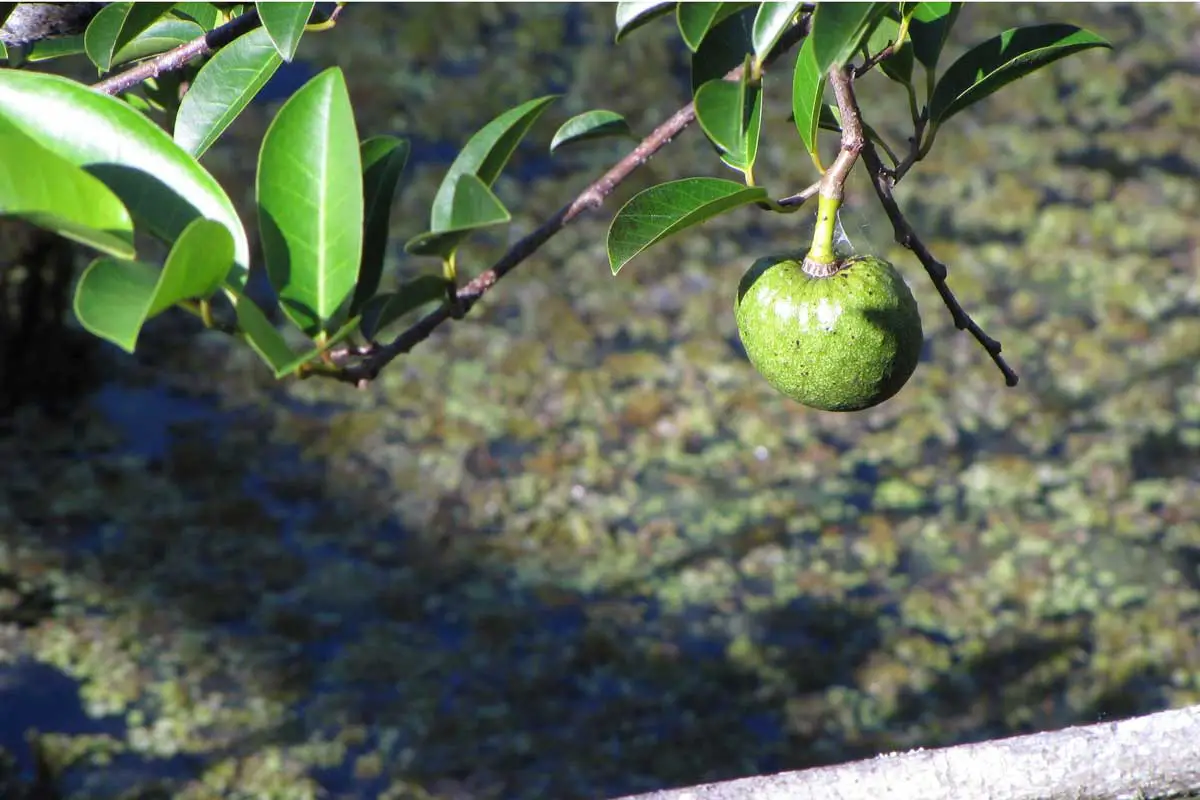
Annona glabra, sometimes known as pond apple, has several other names. Pond apple, bob wood, corkwood, monkey apple, swamp apple, and alligator apple are all names for it. Experts believe the term alligator apple became common due to the fruit being a common snack for alligators.
The pond apple tree is semi-deciduous and woody in nature. They tend to be around 10 feet tall, but may grow much larger if given the correct circumstances and room. They feature waxy, green leaves with alternating leaf patterns.
While pond apples feature yellow and white blooms with a brilliant red center, they also grow delicious fruit in as little as two years. They enjoy saltwater as well as brackish water, which is a combination of saltwater and freshwater.
Their fruit resembles a regular apple, but it is green and considerably smaller than what you would get at a grocery store. They are also somewhat more oval-shaped, yet bear a striking likeness.
Pond apples are mostly found in Florida, although they may also be found in the Bahamas. A pond apple tree is a textbook example of salt stress and adaptation in the transformation of a saltwater resistant tree.
2. Horse Chestnut
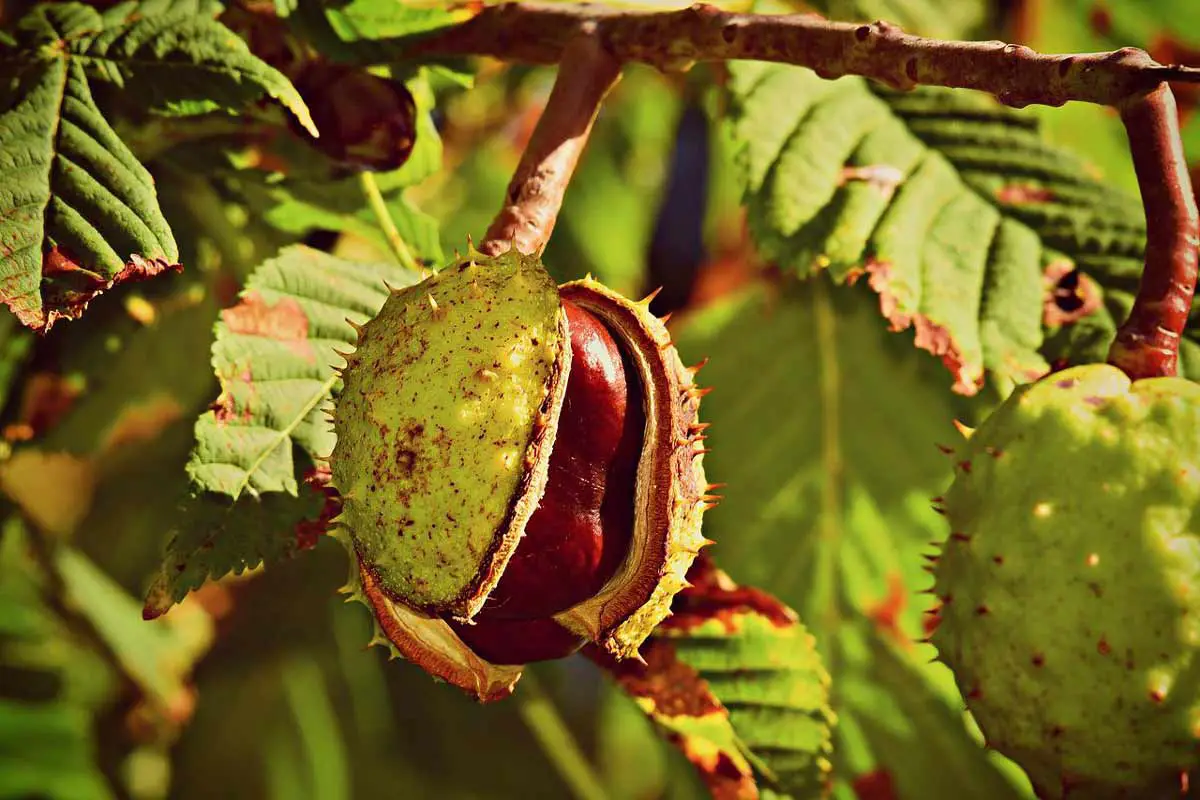
Aesculus hippocastanum, or horse chestnut tree, is entirely deciduous. According to the University of North Carolina, it typically grows to be around 50 feet tall, although it has been reported to reach heights of up to 75 feet. The horse chestnut has yellow leaves and yellow and red blossoms when it matures.
After the blossom matures, it produces a nut with spiky, green skin that resembles a sea urchin. It’s most likely one of the more intriguing fruits of the plants mentioned here! When the skin is removed, the fruit reveals a dark brown nut that resembles an acorn without its lid.
Even though this particular tree is initially native to Greece and Albania, it has been moved around quite a bit. Its highly adaptive nature is probably the reason for that.
3. Canadian Serviceberry
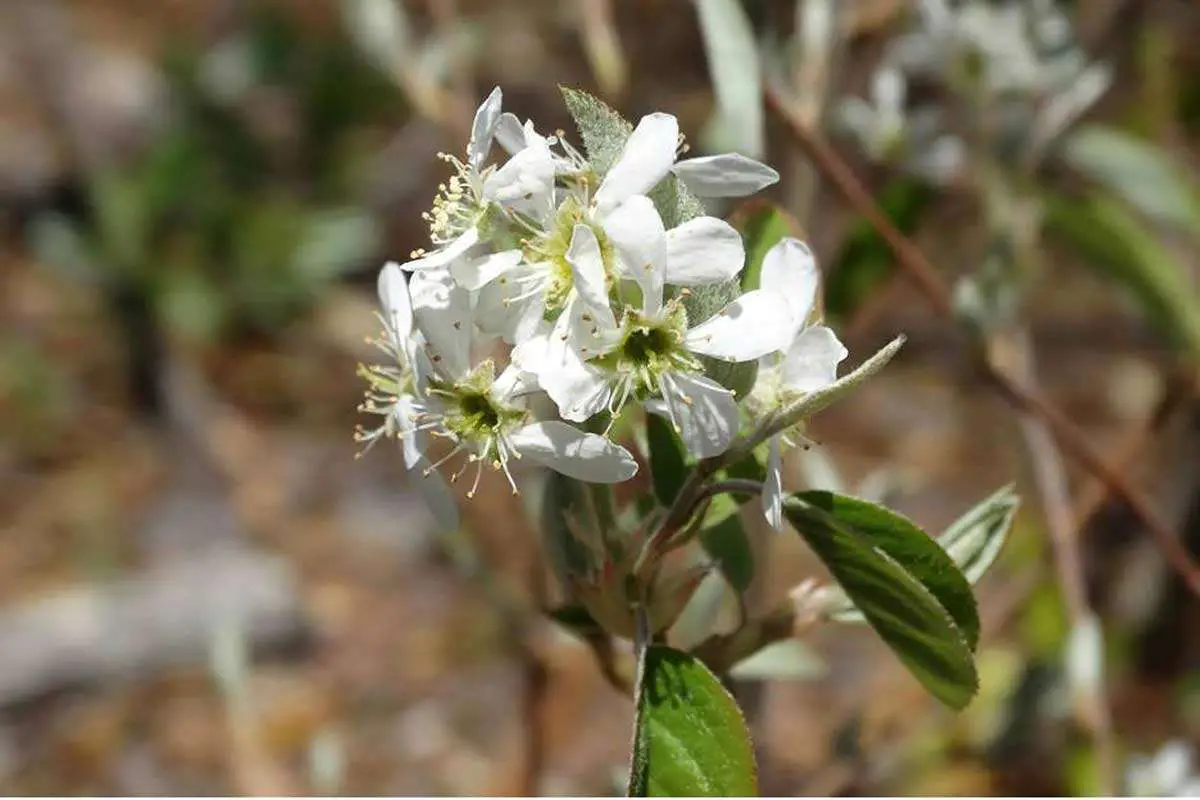
The Canadian Serviceberry or Juneberry, as it is also referred to, is another fully deciduous plant. This tree grows to be around 25 feet tall and, unlike some of the other trees, is gray in colorC. It is noted for the black stripes that run vertically down the length of the tree while it is young.
The Canadian serviceberry tree may be found in the northern section of the eastern United States and into Canada (thus the name), and it has always flourished in marshes, swamps, and bogs before they were attractive. Because saltwater is part of their native environment, they prefer it.
The canadian serviceberries are actually the sweet fruit that grow on this tree. The fruit is purple in color while the flowers producing it are white. Before the fruit comes in, the tree produces tons of white flowers all over. At this stage it often resembles a tree covered in snow. These flowers then pollinate and develop into the sweet purple berries.
The berries themselves are small and round and grow in clusters. They look pretty much like blueberries except for their color.
4. Honey Locust
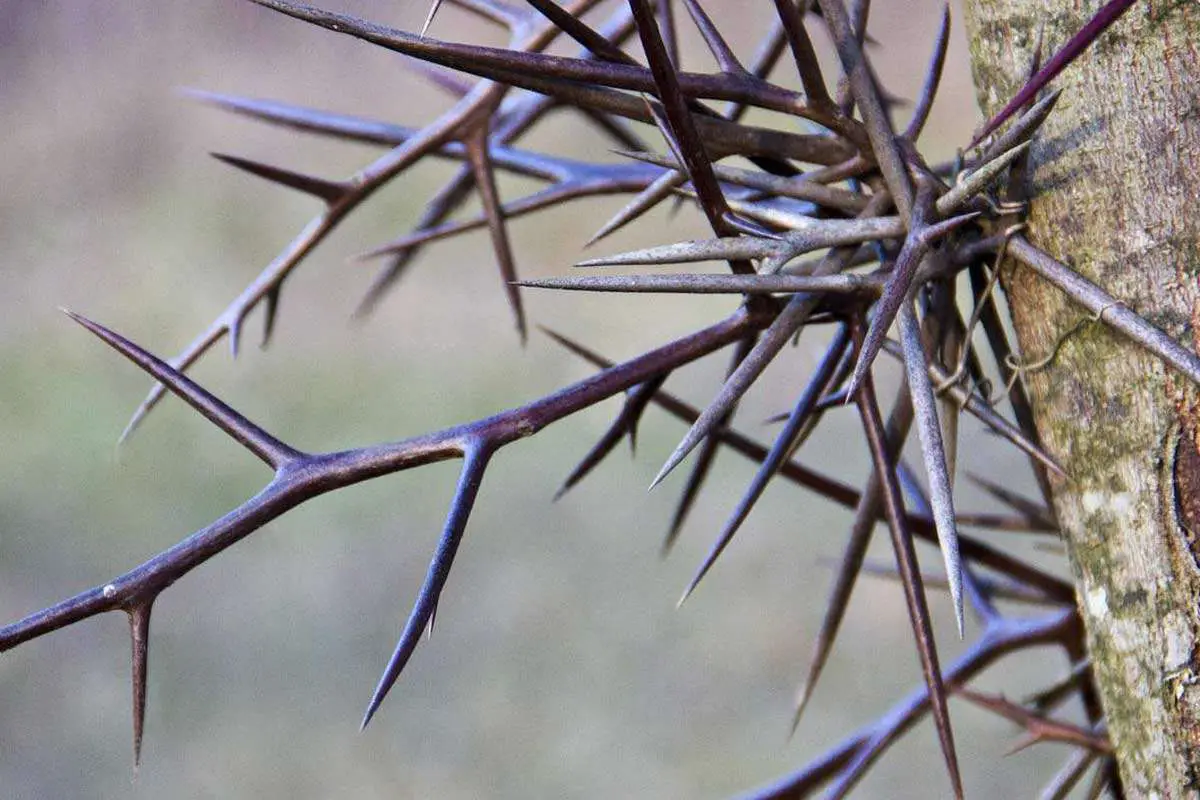
Surprisingly, the honey locust, also known as Gleditsia triacanthos, is the first tree on our list to bear thorns. This tree is rather tall, averaging around 60 feet but reaching heights of 80 feet.
A honey locust tree is a deeper gray (similar to but darker than a Canadian serviceberry) or brown-colored tree. The thorns grow from the tree’s trunk and are rather scary. They stick straight out, are long and pointy, and are frequently crowded in one area.
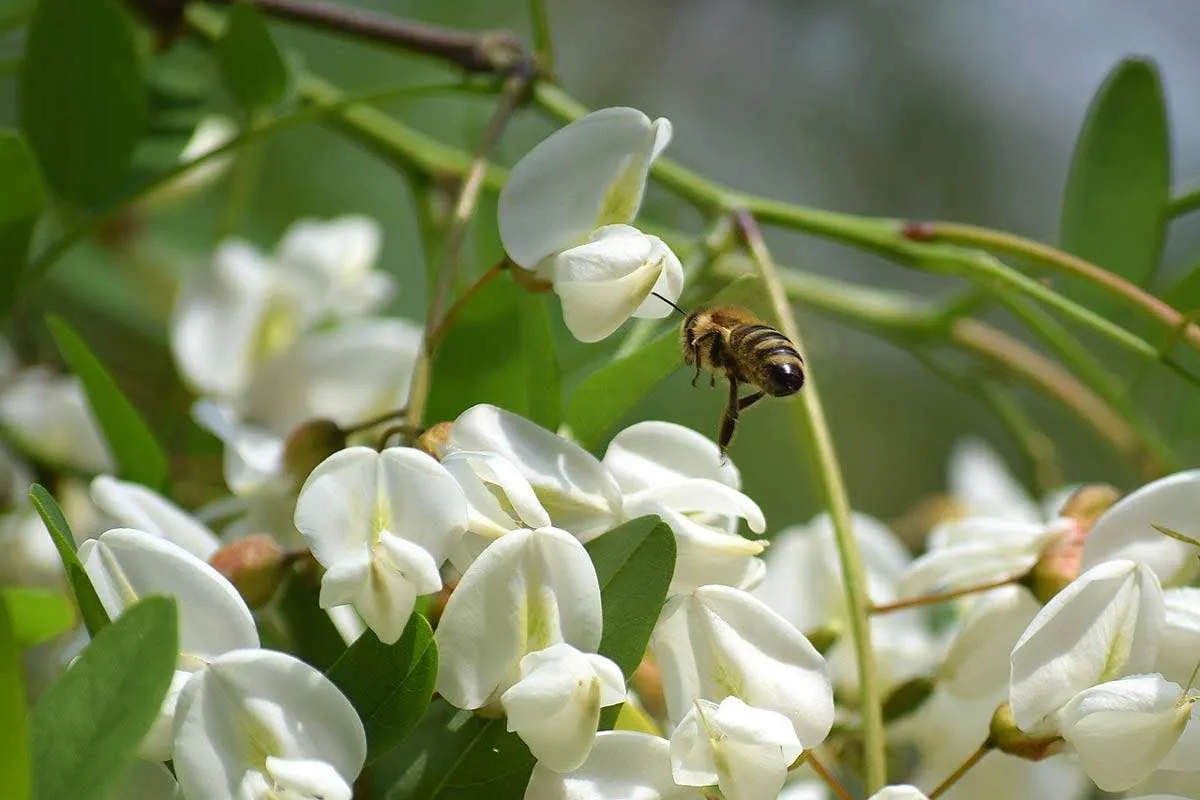
The leaves alternate but are yellow and gray instead of green, how wonderful is that? The fruit of a honey locust is only seed pods, hence it does not produce anything edible to humans. It blossoms into green flowers that develop in clusters before producing fruit. If they didn’t know what they were looking at, few people would notice them as flowers.
Honey locusts may be found in the tropics and, more recently, all across the world. They enjoy hot, humid conditions. They also prefer acidic and alkaline temperatures and environments, thus saltwater is just up their alley in terms of survival.
5. Cockspur Hawthorn
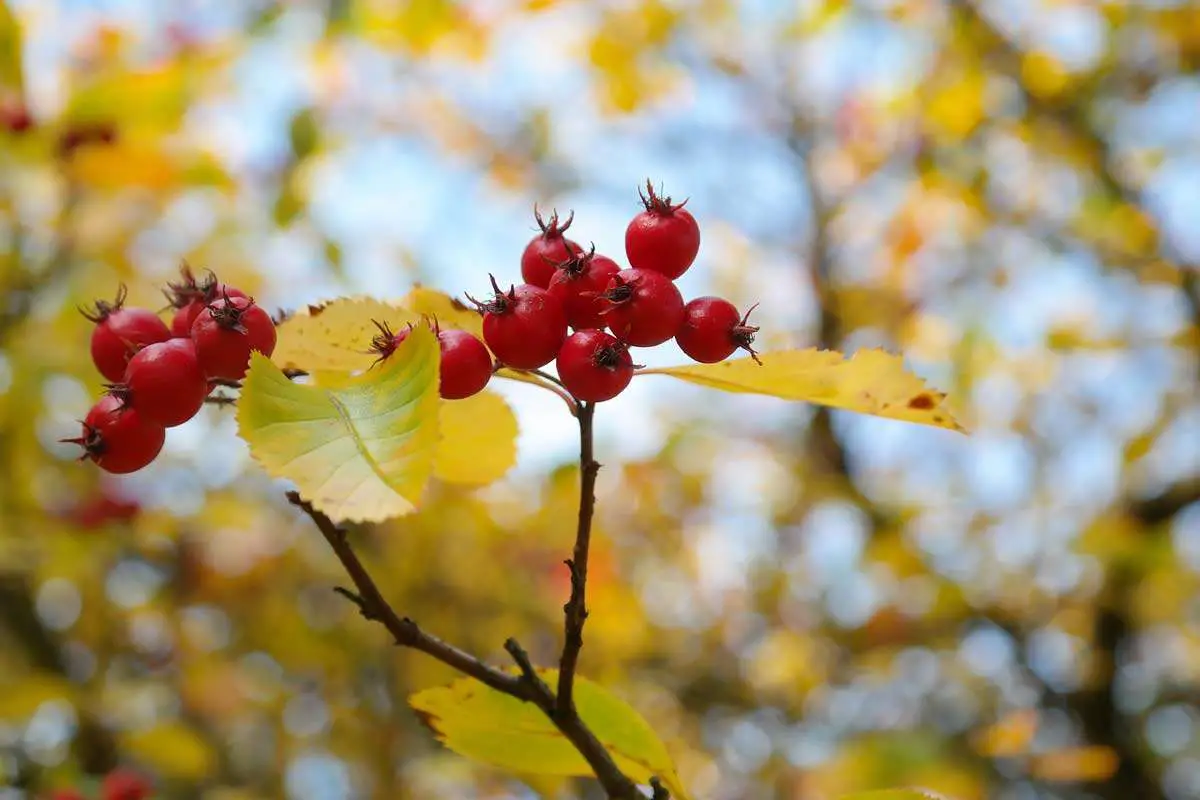
The cockspur hawthorn tree (or Crataegus crus-galli if you want to be fancy) is an unusual tree since it is tolerant of both damp, saline soil and dry, scorching circumstances. A jack of all trades in the plant world.
Cockspur hawthorn trees are especially intriguing since they are low branching trees, which means that all of the branches droop toward the ground and the bottom branches may even be touching the ground. While the limbs of this tree grow towards the light, the branches’ bottoms fall downward.
The cockspur hawthorn isn’t the highest we’ve seen, standing at around 25 feet. The oval-shaped leaves are dark green in hue but turn a purplish-red in the fall. The blossoms on this are white, and they have a rather awful scent, which isn’t exactly an appealing quality of it.
While it stinks, it is also beautiful! It produces brilliant red berries from the foul-smelling blooms. Where it lacks in scent, it makes up for it in aesthetical beauty.
The cockspur hawthorn grows in the coastal regions within the United States. That is the reason that it is in fact one of the trees that has developed a resistance to salt due to the rising ocean levels.
6. White Oak Trees
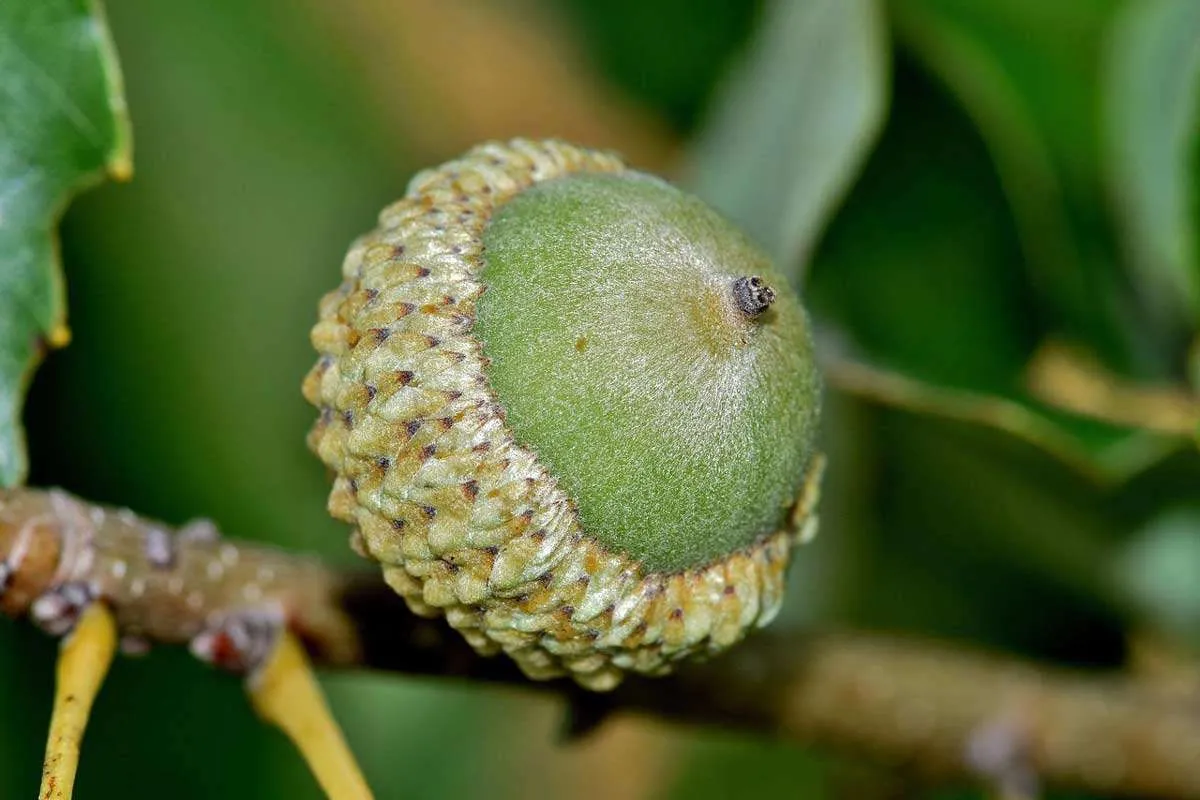
The white oak tree, Quercus alba, is undoubtedly the most well-known of the trees on this list. It is a member of the well-known oak family. Some subspecies of the oak tree may be found practically at any region in the nation.
White oaks are usually found in the north. They are still unquestionably a salt-adapted tree. They are mostly found in the Midwest and Canada, but they may also be found on the northern shore in locations like New York, Delaware, Maine, and New Hampshire.
White oak trees that are more hardy can resist saltwater, although they flourish much better near freshwater.
White oak trees are quite tall and completely deciduous. They may reach heights of 60 feet and have a canopy as wide as that. If given enough space, they can grow to be quite large trees.
White oak is one of the most traditional trees. It features green, scalloped-edged leaves and small, beautiful blooms. They’re so unassuming that you’d probably pass right by without seeing them. They don’t even have a smell, so there’s even less to notice.
This tree produces a nut, which is more popularly known as an acorn. A little nut with a small cap on top that is green when young and turns brown and woody as it grows.
7. Japanese Lilac Tree
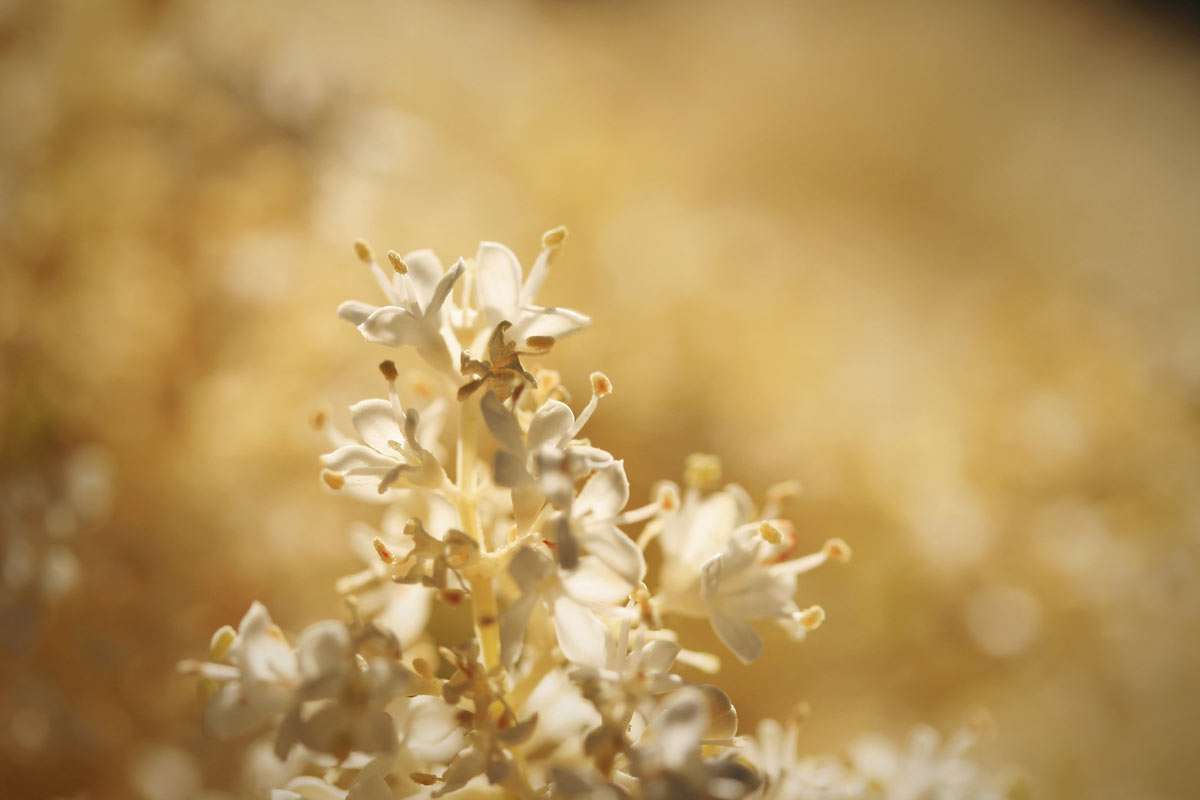
If you’re looking for a scientific name, it’s Syringa reticulata, or Japanese lilac tree. The Japanese tree lilac is on the short side, only reaching a maximum height of around 25 feet.
This tree has reddish-brown bark that peels readily and changes hues to a drab gray as it ages. Many people equate the look of this tree to that of a cherry bark tree because the bark peels in the same way.
The leaves are simple, being teardrop-shaped and green. They sprout in opposing directions from the branch. The blossoms of a Japanese lilac tree smell wonderful and are a lovely white hue. Though growing in clusters allows them to refract light all over the tree when in full bloom.
The flower clusters resemble those of a lilac, however instead of the classic purple lilac, these blossoms are white. It’s a lovely tree! The fruit, on the other hand, pales in comparison to the stunning appearance and aroma of the blooms. The seeds are held in a brown dry pod.
As the name implies, the Japanese tree lilac is endemic to Japan. They are used to saltwater environments because they reside along Japan’s coastline. The Japanese lilac tree has been transplanted and relocated for decorative purposes, and it is quite adaptable.
